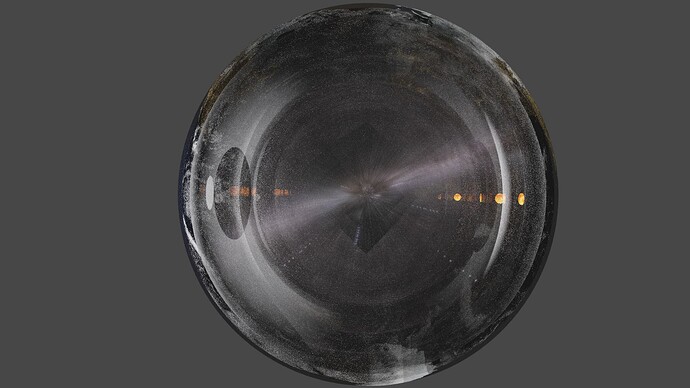How is it possible to track rockets through the glass to the moon?
Not sure? Perhaps a better question would be “How can we make people believe they are looking at an object that’s 230,000 miles away?”
Did Lucy come back?
Because October 2022 is past…
Never A Straight Answers Answer
“NASA’s Lucy spacecraft captured this image of the Moon on Oct. 16, 2022, from a distance of 150,000 miles (240,000 km). This view of the last quarter Moon is familiar to observers from Earth as the spacecraft took this image while it was in between the Earth and the Moon during its first Earth gravity assist.”
They put out a pretty photo of the moon on October 16th. The illusion is there for sure.
I don’t quite understand your question. What glass are you referring to?
This film is a compellation of footage. It looks like it’s chock full of CGI special effects. The blue flame on the back of the rocket looks very much like a simple propane torch flame superimposed onto the image.
I never trust any imagery connected to NASA and the various science publications. Social manipulation.
All vector conservation of momentum mathematics will give accurate solutions for both concave and convex scenarios of gravity. Unless you look at the electro-dynamics you will never see if you are inside or outside of a sphere (concave vs convex).
The end game is such that Gravity is maybe a 4th order force from the fundamental E.lectrodynamic force created by the Aether. Its like saying:
Gravity Vector = {(Magnetism) X (Nuclear) X (Electro)}
You could make gravity maps of pulling objects in orbits all day and never reveal concavity or convexity because one is eliminating all the data that shows what reality is by isolating just Gravity. Its really been a genius play on it for such a long time. The rouse is up though. I don’t see much more inspiration or motivation (positive) coming from Hollywood/NASAwood/WaltNASAdisneyWorldFloridaUniversal etc…
Glass would only cloak objects behind it that are below a certain brightness threshold relative to the charge held in the glass for Crookes Dark space effect (I believe -definitely should triple check the mechanisms of action before tossing this one out… but I’m not too hopeful.)
A fun rendering to show what kind of appearances spherical harmonic caustics can resemble.

